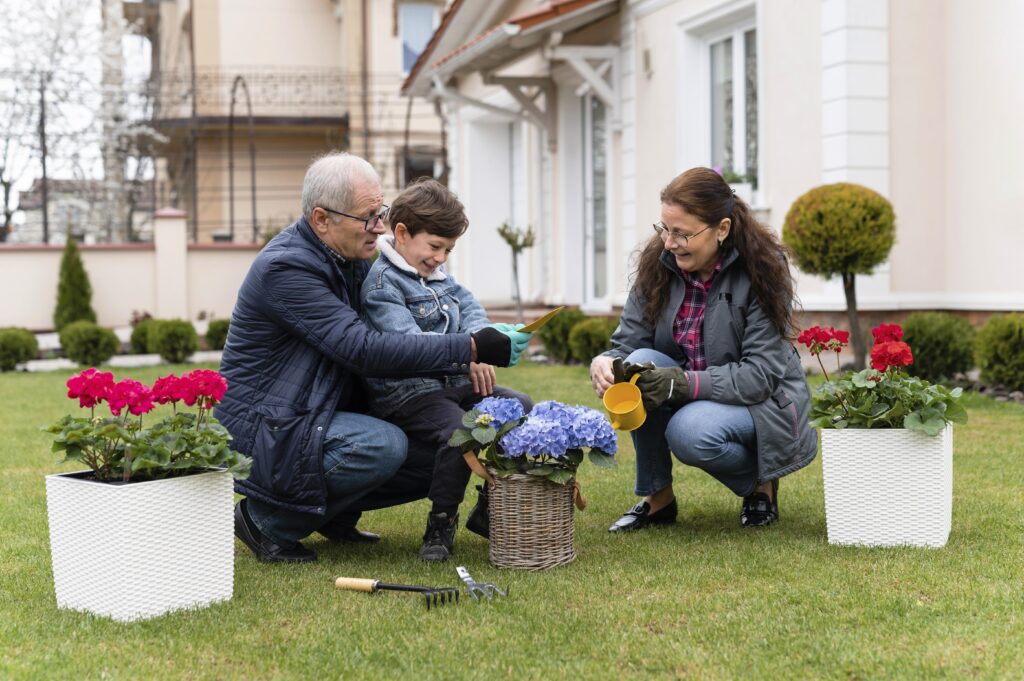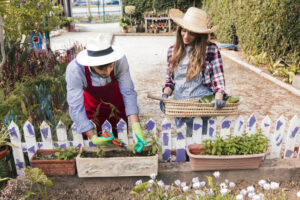Ultimate Guide for Urban Gardening

Introduction to Urban Gardening
The practice of using a little space to grow food, flowers, and greenery in an urban setting is known as urban gardening. The loss of green spaces in urban areas is addressed by this contemporary revival. Urban gardening is the process of using a little area to grow vegetation, food, and flowers in an urban environment. This modern revival addresses the loss of green spaces in urban areas. The long-standing modern movement strongly emphasises community, sustainability, and connections to previous civilizations.
Choosing the Right Plants
Selecting the correct plants is essential for successful urban gardening. Start with plants that are suitable for the climate and place in which you live. Due to their durability and little space needs, herbs such as mint, rosemary, and basil are great choices for novices. Due to their short growth seasons and ability to grow well in containers, vegetables like peppers, tomatoes, and leafy greens are also great options..
Understanding Your Urban Space
Determine how much space, light, and airflow your city has to provide. Additionally, this will identify the exact plant species that can be grown and the most effective horticulture techniques.
Essential Tools and Materials
Soil, plant pots, watering cans, and hand tools are some of the most essential gardening supplies. Trellises, raised beds, and irrigation systems may be required for more complex setups.
Types of Urban Gardens
Container Gardens
Container gardening is ideal for urban settings with limited area. You may create green places on balconies, patios, or even windowsills by using these gardens, which allow you to grow plants in pots, buckets, or other containers. This is made as pots may be moved to optimize sun exposure and shield plants from inclement weather.
Green spaces on rooftops
Alternatively, making the most of the unused space on rooftops to create a lush haven. In addition to supporting a wide variety of plant species, rooftop gardens can lower energy costs by acting as structural insulation.
Community Gardens
These shared spaces bring neighbors together for group food gardening. for social contact and education are provided by community gardens.

Vertical Gardens
The goal of vertical gardens is to maximize available space by growing plants vertically using supports like trellises and walls. They are perfect for city balconies and small apartments.
Soil, Fertilization, and Watering
A strong base of rich soil is essential for a garden to thrive. Choose the right kind of soil for your plants: garden soil for raised beds, and potting soil for containers.
Difficulties Encountered in Urban Gardening
Pollution and limited space are two challenges associated with urban gardening. Use inventive layout designs, vertical gardens, and container gardens to make the most of small spaces. As a result, inspect the soil for any dangerous materials, and use raised beds or containers as necessary. Overcome obstacles like inadequate sunlight by choosing plants that can tolerate.
Urban Gardening for Kids
Kids who garden usually learn about the environment, taking care of others, and the value of eating a healthy food. Set age projects and involve the entire family in gardening to encourage creativity and curiosity.
Conclusion
Thus, urban gardening is a method of bringing nature into cities, which has positive effects on the local community, environment, and health. You may actively contribute to a future that is more robust, lasting, and ecologically friendly by starting your own urban garden.



